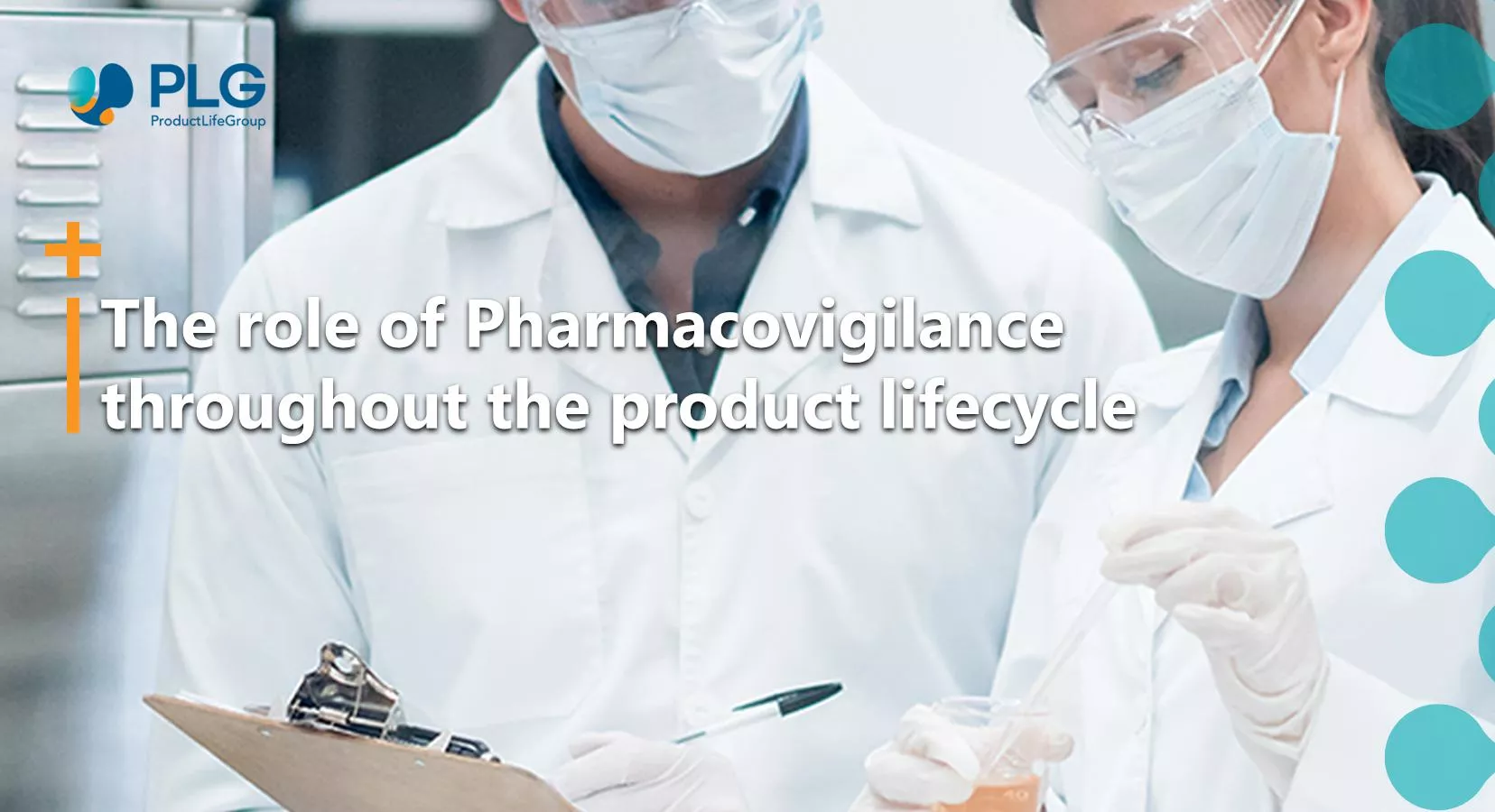
The Role of Pharmacovigilance Throughout the Product Lifecycle
03 august 2023

Relating Pharmacovigilance to the Product Lifecycle
The wider role of pharmacovigilance throughout the product lifecycle is of paramount importance in ensuring the safety and efficacy of medicinal products. Pharmacovigilance encompasses a range of activities to detect, assess, understand, and prevent adverse effects or any other drug-related problems associated with using medicines. Pharmacovigilance plays a crucial role in protecting public health by actively monitoring the safety profile of drugs.
Pharmacovigilance Activities at Different Stages of the Product Lifecycle
The product lifecycle begins with the preclinical development of a drug and continues through clinical trials, regulatory approval, post-marketing surveillance, and eventual discontinuation or withdrawal from the market. Pharmacovigilance activities are integrated at each stage of this lifecycle to gather and evaluate information on medicinal products’ safety and benefit-risk balance.
The Start of Pharmacovigilance, related to Product Development
During preclinical development, pharmacovigilance activities may involve identifying and characterising potential safety concerns through animal studies and in vitro experiments. These findings help inform the design of subsequent clinical trials, ensuring that safety assessments are appropriately addressed.
As a drug progresses to clinical trials, pharmacovigilance activities become more focused on monitoring the safety of study participants. This involves collecting, analysing, and reporting adverse events (AEs) or suspected adverse drug reactions (ADRs) that occur during the trials. It is crucial to capture and evaluate these data to identify any safety signals or emerging risks associated with the investigational drug.
The Continuation of Pharmacovigilance through Regulatory Approval and Post-Marketing Surveillance
The drug enters the regulatory approval process after successful completion of clinical trials. Regulatory authorities, such as the Food and Drug Administration (FDA) in the United States or the European Medicines Agency (EMA) in Europe, review safety data from clinical trials and other relevant information, including pharmacovigilance data. The comprehensive evaluation of safety data contributes to the regulatory decision-making process regarding the approval and labelling of the drug.
Post-marketing surveillance becomes a vital aspect of pharmacovigilance once a drug is approved and enters the market. This phase continuously monitors the drug’s safety profile in real-world clinical practice. Healthcare professionals, patients, and regulatory authorities actively report suspected ADRs through spontaneous reporting systems, such as the FDA Adverse Event Reporting System (FAERS) or the EudraVigilance database in Europe. These reports and other safety data sources are systematically analysed to identify new or changing safety concerns.
Additional Post-Marketing Survellience of Pharmacovigilance
Pharmacovigilance also involves signal detection and evaluation. Signals indicate potential new risks or changes in the frequency or severity of known risks. These signals are assessed through various methods, such as data mining techniques, statistical analyses, and clinical reviews. If a signal is confirmed, further investigations may be initiated, including additional studies or changes to product labelling to ensure appropriate risk communication to healthcare professionals and patients.
Risk management is another integral part of pharmacovigilance. Risk minimisation measures, such as the development and implementation of Risk Evaluation and Mitigation Strategies (REMS) or Risk Management Plans (RMPs), are designed to optimise the benefit-risk balance of a drug. These strategies may include specific educational programs, restrictions on prescribing or dispensing, or enhanced monitoring requirements.
Pharmacovigilance also plays a role in drug Post-Authorisation Safety Studies (PASS). These studies evaluate the safety profile of drugs under real-world conditions, complementing the data obtained from pre-approval clinical trials. PASS aims to identify and characterise rare or long-term adverse effects that may not have been adequately captured during the pre-approval phase.
In cases where safety concerns become significant or unacceptable risks are identified, regulatory action may be taken. This can include labelling updates, contraindications, restrictions on use, or even product withdrawal or suspension from the market.
The coverage of Pharmacovigilance for Drug Classes and Therapeutic Areas
Pharmacovigilance is not limited to individual drugs but extends to the surveillance of drug classes and therapeutic areas. By analysing safety data from multiple sources, pharmacovigilance can identify patterns or trends that may require further investigation or regulatory action affecting entire drug classes.
Continuous training and education are essential for healthcare professionals and pharmacovigilance personnel to ensure proper reporting and understanding of safety information. Collaborative efforts between regulatory authorities, pharmaceutical companies, healthcare professionals, and patients are vital for the success of pharmacovigilance activities throughout the product lifecycle.
The Role of ProductLife Group (PLG) in Providing Pharmacovigilance Services
In conclusion, pharmacovigilance plays a critical role in monitoring the safety of medicinal products throughout their entire lifecycle. By actively collecting, analysing, and evaluating safety data, pharmacovigilance aims to detect, assess, understand, and prevent adverse effects, contributing to the continuous assessment of the benefit-risk balance of drugs. The information obtained through pharmacovigilance activities enables regulatory authorities, healthcare professionals, and patients to make informed decisions about the safe and appropriate use of medicines, ultimately protecting public health.
What are the PV services PLG provides?
With a successful track record, Life Group offers reliable support for end-to-end pharmacovigilance services for various countries. PLG offers services in almost 150 countries; experts are present across Europe, the UK, India, and Tunisia. PLG specialise in streamlining pharmacovigilance processes, including:
- Medical Information
- Case management
- Medical writing
- QPPV support
- Local contact person for pharmacovigilance
- Literature Monitoring
- Quality management
Furthermore, our effective proactive approach and quality control processes ensure accuracy and reliability for pharmacovigilance.
Register to our news and events
Go to our Events to register
Go to our News to get insights
